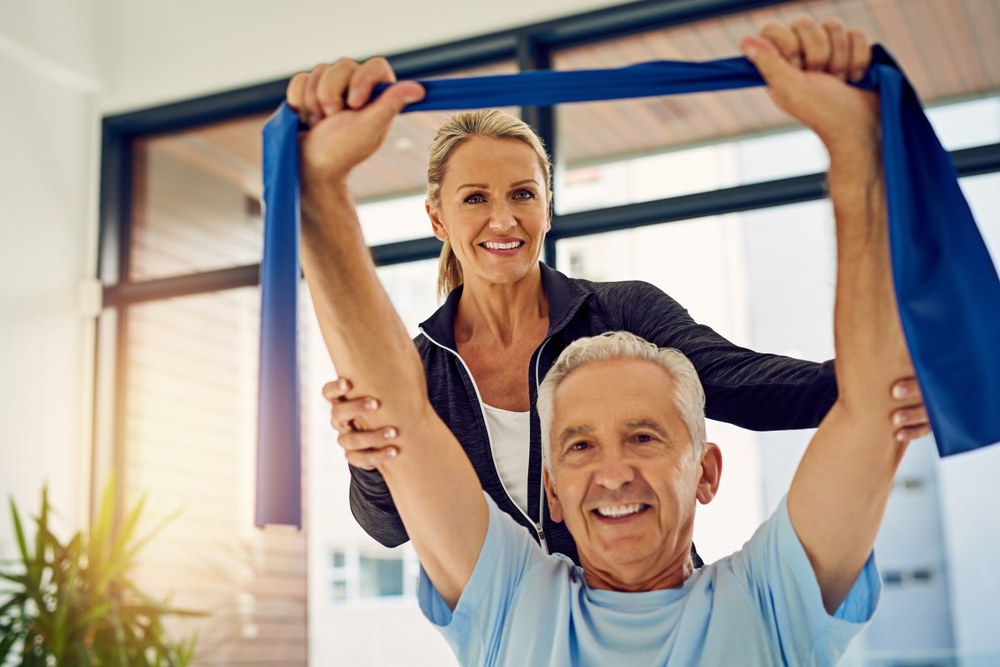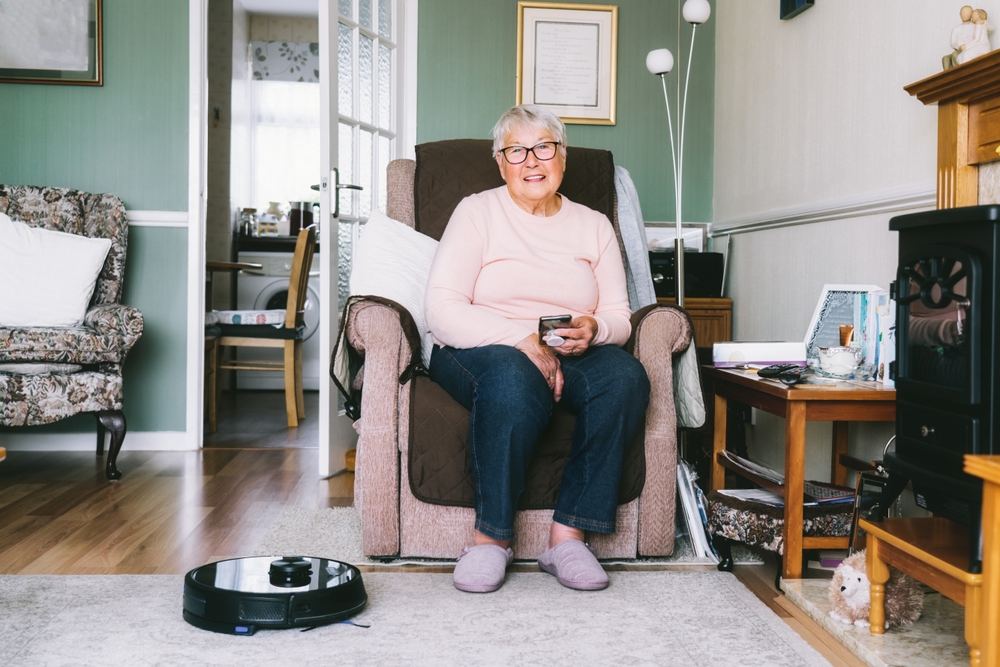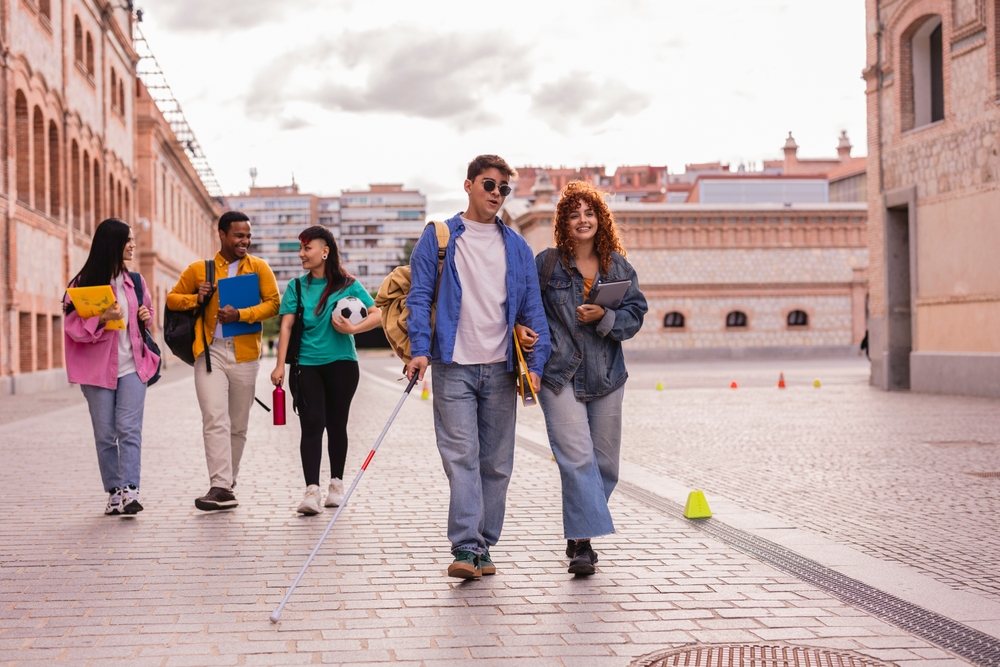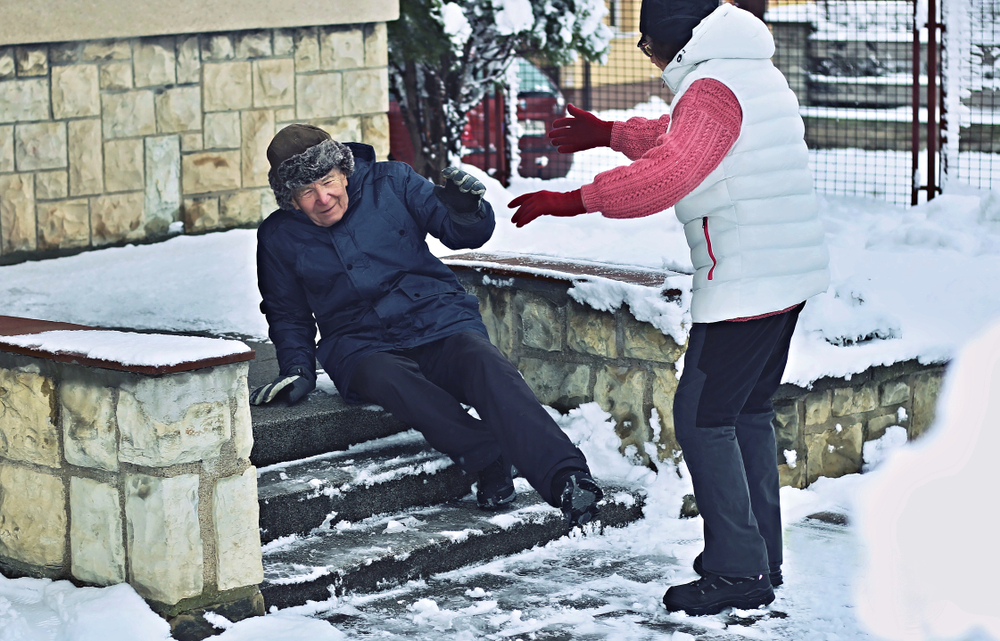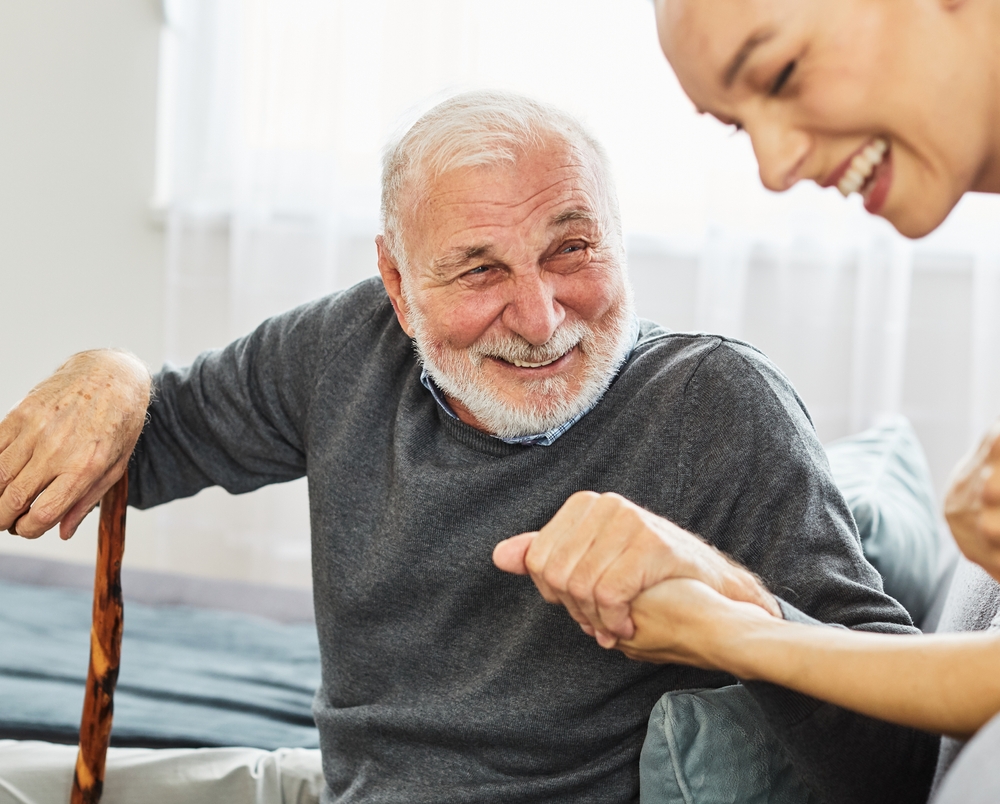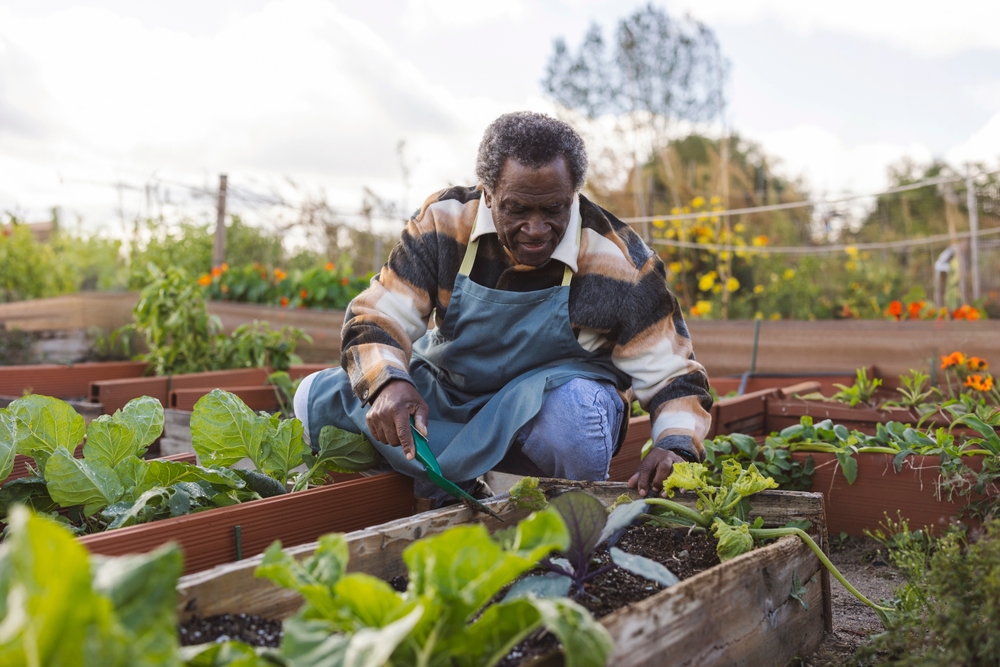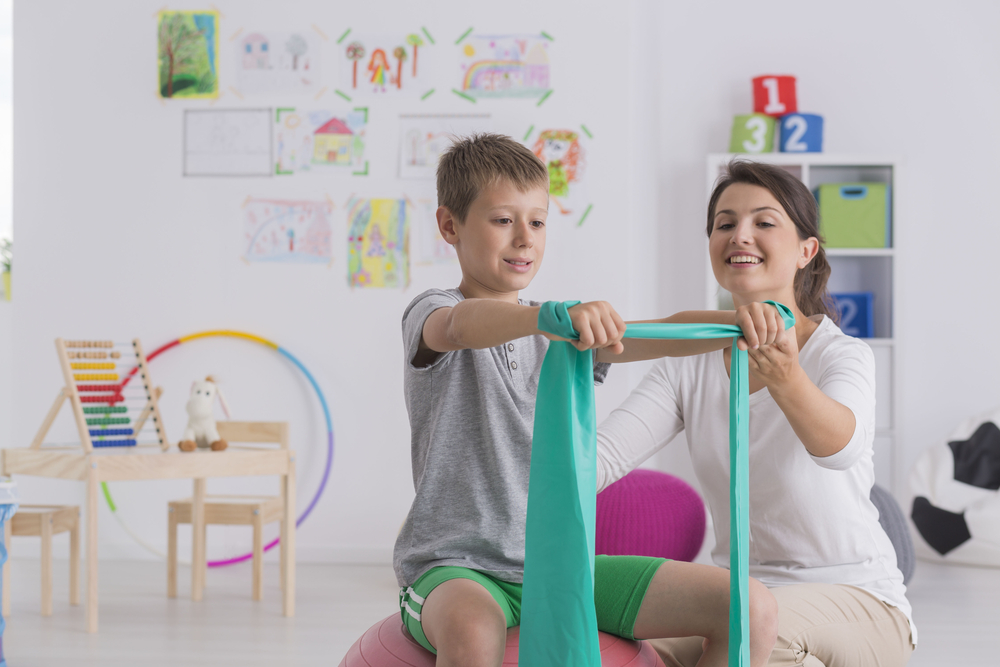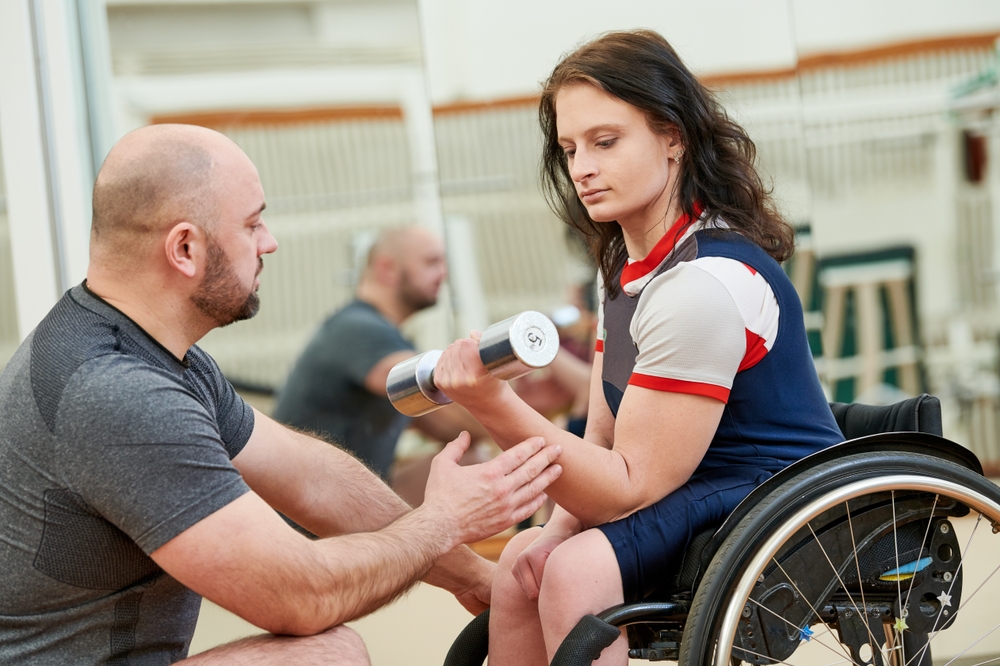Make an Appointment
City2Surf is right around the corner. Are you ready Sydney’s most famous run?
Hopefully, training for the 14-km fun run has already well begun. Still, it’s important to keep a few key training tips in mind as you gear up for the big race and for that epic encounter with the dreaded Heartbreak Hill.
To enhance your experience through the unique track, we’ve provided eight last-minute City2Surf training tips that might just give you the edge for this year’s event.
Stretch Before and After
There are two types of stretching: static and dynamic. Static stretches refer to stretches that you hold while dynamic stretches refer to stretches that you move through. They both have pros and cons.
When stretching before the run, you’ll want to implement dynamic stretching that simultaneously warms up your muscles. Static stretches can make you feel weaker before strenuous exercise.
Here are some must-do Dynamic stretches you should do at the start line for the City2Surf:
1. Butt Kicks
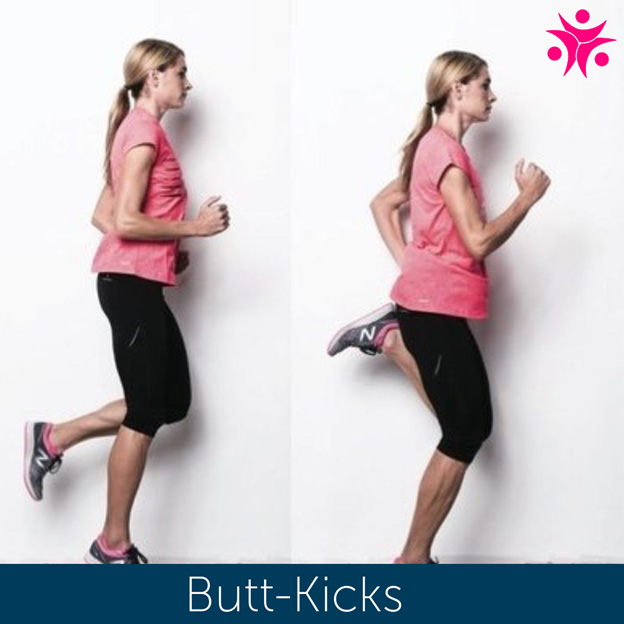
When doing butt kicks, you bring your heels up toward your buttocks. You can do this stretch at varying speeds, from a slow walk to a fast run.
As you do butt kicks, several muscles contract to bring your heel toward your buttocks. The knee flexors -- such as the hamstrings -- contract to bend the knee, and the hip extensors -- particularly the gluteus maximus -- keep your knee from lifting in front of your body.
Sets & Reps?
20 seconds But Kicks for 5 Sets. Have about 10-15 seconds recovery between each set.
2. Walking lunges
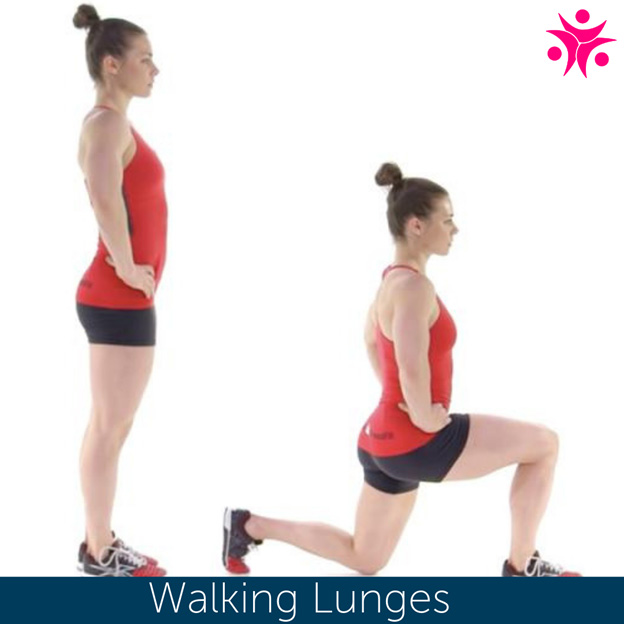
Image Reference: https://journal.crossfit.com/article/the-walking-lunge
Start standing with your feet together, and plenty of room in front of you. Put your hands on your hips or by your sides. Place your RIGHT foot forward far enough so that when you lunge down, your right thigh is parallel to the floor. You should feel a stretch through the front of your left hip. Press though your RIGHT heel and power up to bring your feet together and stand up.
Sets & Reps?
Alternate for 10 steps. Then turn around and lunge 10 steps back to where you started. Pressed for room and space? Try just doing an alternative lunge on the spot and alternate between each leg.
Try for 3 sets with 45-60 seconds of recovery between each set.
3. Leg swings
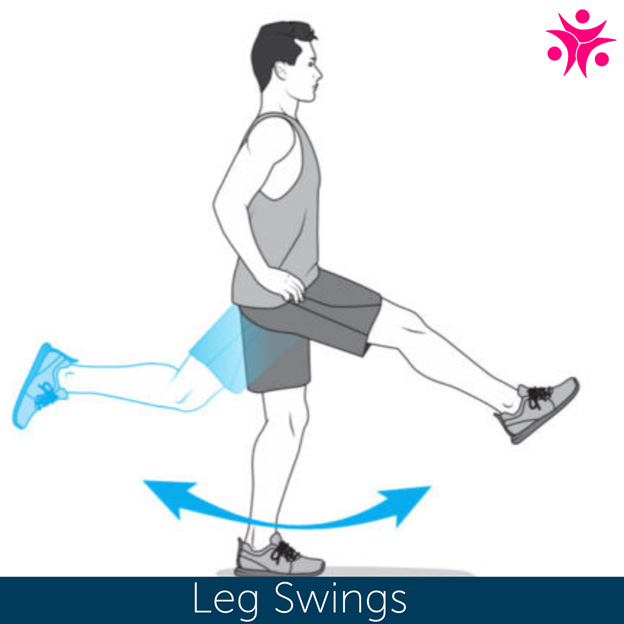
Image Reference: https://www.triathlete.com/2018/10/training/do-these-5-activation-drills-before-every-workout_336722
Stand straight with your feet being hip-width apart, Hold onto a wall or use a partner to lean on to keep your balance. If you’re a semi pro try and balance on the one foot with your hands on your hips.
Keep one leg stationary and then procced to swing the opposite leg forwards and backwards in one single smooth movement. Keep your abs tight with a stable breathing pattern. With each leg swing you want to increase your range of motion. Swing the leg as high as you can with out losing your form and technique.
Sets & Reps?
For each leg we would recommend doing about 12-15 per leg. Aim between 3-4 sets. There is no need to have an extensive recovery time between alternating between each leg.
4. Side Cross Swings
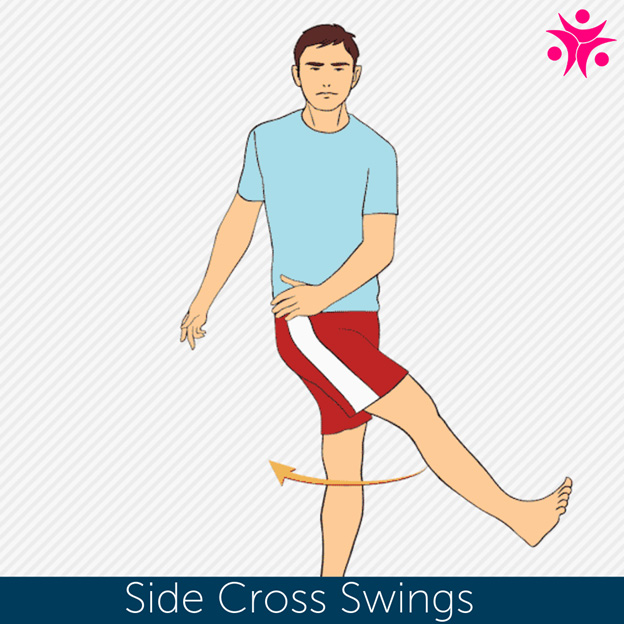
Image Reference: https://www.gbpersonaltraining.com/13-hip-mobility-exercise-to-ease-lower-back-pain/
Stand with feet hip-width apart. Stand on your left leg and straighten your right leg so that is just off the ground. Begin exercise by swinging leg to the outside as far as you can and then swing back toward your body so that it crosses in front of your left leg. That completes one rep. Swing back and forth for the prescribed reps.
Sets & Reps?
For each leg we would recommend doing about 12-15 per leg. Aim between 3-4 sets. There is no need to have an extensive recovery time between alternating between each leg.
Life Saving Stretches To Do Post Race
After the race is when you’ll see the most benefits of static stretching. While your body is still warm and circulation to the muscles is increased, this is an ideal time to do static stretching where you’re generally holding a position for 30 seconds at a time.
Doing these series of static stretches will help increase your overall flexibility and bring much needed relief to those tight and sensitives muscles after the race.
1. Calf Stretch
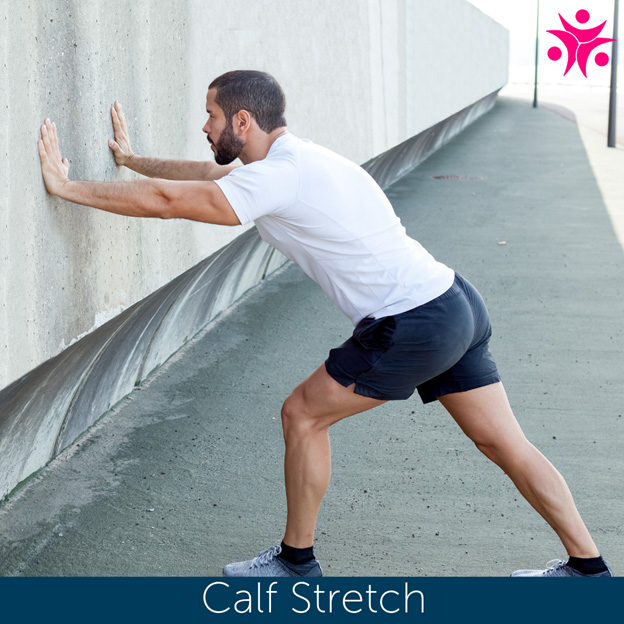
Stand facing a wall and place your arms out in front of you with your hands against the wall. Place your left leg forward and bend the knee, while leaving your right leg extended straight back. Both feet should be flat on the floor. Lean toward the wall to stretch the calf muscle in your right leg
Sets & Reps?
Hold for about 15-20 seconds and then switch sides. Repeat about 4-5 times.
2. Seated Alternate Hamstring Stretch
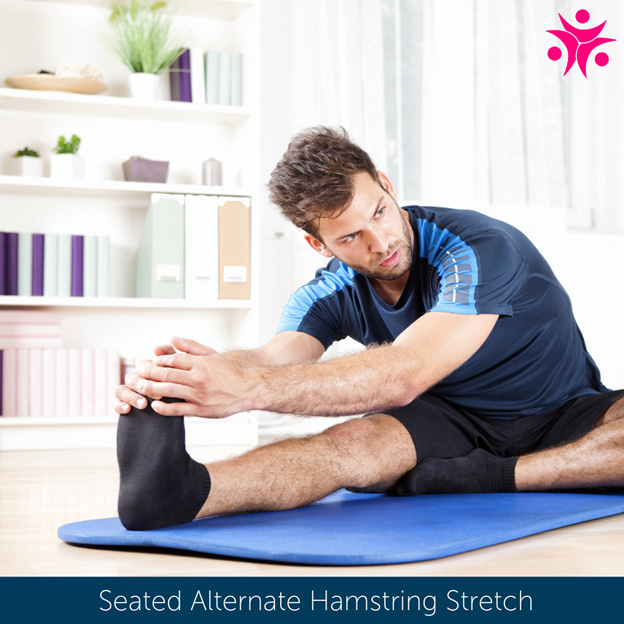
There are plenty of variations to stretching the hamstrings but for flexibility levels and experience, we’ve opted for the seated alternate hamstring stretch.
Sit with one leg extended and your back straight. Bend your other leg so that the sole of your foot rests against your mid-thigh. Reach toward your ankle. Keep your knee, neck, and back straight. Feel the stretch in the back of your thigh. Stretch as far as you can without the knee of the leg your stretching coming up off the floor
Sets & Reps?
Hold for 30-45 seconds and repeat three times.
3. Quad Stretch
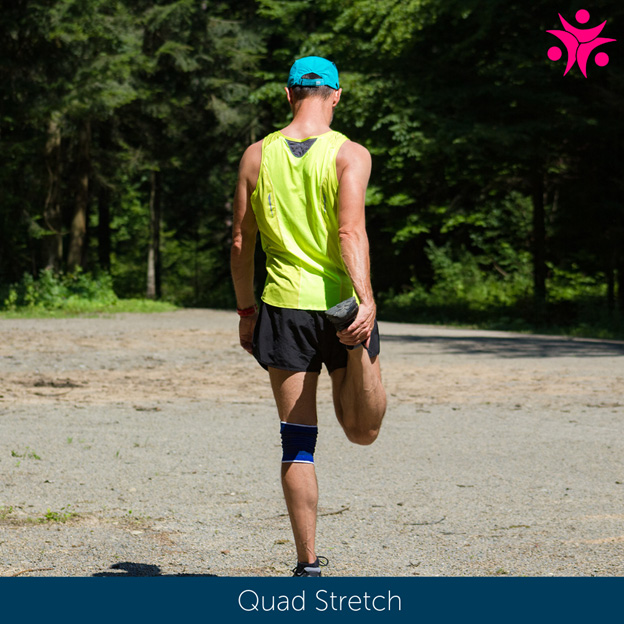
Date Published: Sunday, January 28, 2024
Locate a Aged Care Occupational Therapy
Service Near me
Get the experience & convinence you deserve to support your or a loved one's allied health needs.
Our Aged Care Occupational Therapy team are currently serving & taking appointments in the following states and regions in Australia:
Need to get into direct contact with ur Client Services team? We're all ears. Call our team directly on 1300 731 733
